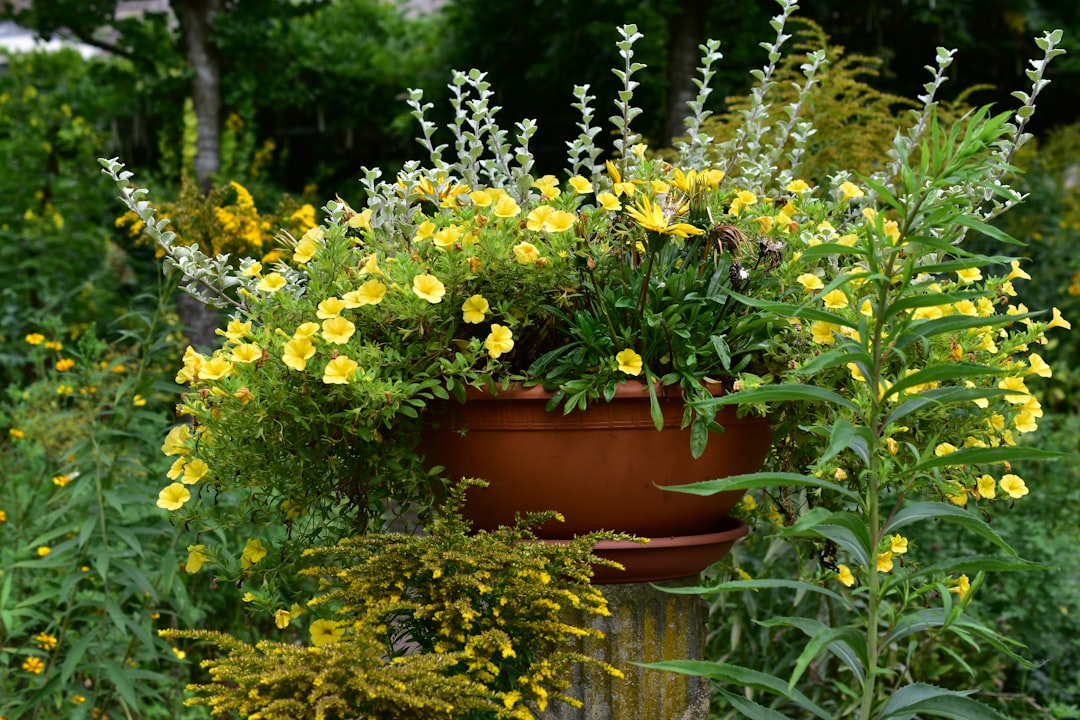Unveiling the Blooming Secrets of Hydrangeas

Hydrangeas, with their captivating blooms, are a beloved addition to many gardens. However, the timing of their blooming can be a mystery to many gardeners. The blooming period of hydrangeas is influenced by a combination of factors, primarily the variety of the hydrangea and the climate in which it is grown. In this comprehensive guide, we will take a season - by - season look at the bloom times for the main types of hydrangeas.
### Spring Blooming Hydrangeas
While not as common as summer or fall bloomers, some hydrangea varieties start to show their colors in the spring. One such variety is the Oakleaf hydrangea (Hydrangea quercifolia). These hydrangeas are known for their large, cone - shaped flower clusters. In areas with a mild climate, Oakleaf hydrangeas may begin to bloom as early as late April or early May. The flowers start off as a creamy white color and gradually turn pink as they age. Their foliage is also quite distinctive, resembling the leaves of an oak tree, which adds an extra layer of visual interest to the garden even before the blooms appear.
Another spring - blooming option is the Climbing hydrangea (Hydrangea anomala subsp. petiolaris). This vine - like hydrangea is a slow - grower but well worth the wait. It produces flat, lacy flower clusters that can cover large areas when fully grown. In spring, it starts to put on a show with its delicate white flowers, often blooming in May. The Climbing hydrangea is a great choice for covering walls, fences, or arbors, adding a touch of elegance to vertical spaces in the garden.
### Summer Blooming Hydrangeas
Summer is the peak blooming season for most hydrangea varieties. The Bigleaf hydrangea (Hydrangea macrophylla) is perhaps the most well - known summer bloomer. There are two main types of Bigleaf hydrangeas: mophead and lacecap. Mophead hydrangeas have large, round flower heads that can be either blue, pink, or purple, depending on the soil pH. Acidic soils tend to produce blue flowers, while alkaline soils result in pink ones. These hydrangeas typically start blooming in June and continue through August.
Lacecap hydrangeas, on the other hand, have a more delicate appearance. They have a flat cluster of small, fertile flowers in the center surrounded by larger, showy sterile flowers on the edges. Like mophead hydrangeas, their color can be adjusted by changing the soil pH. They also bloom during the summer months, adding a soft and romantic feel to the garden.
The Panicle hydrangea (Hydrangea paniculata) is another popular summer bloomer. It features large, cone - shaped flower clusters that start off white and gradually turn pink as they age. Panicle hydrangeas are more cold - hardy than some other varieties, making them suitable for a wider range of climates. They usually begin blooming in mid - summer, around July, and can continue to flower well into September. These hydrangeas are also great for cutting and using in floral arrangements, both fresh and dried.
### Fall Blooming Hydrangeas
As the temperatures start to cool in the fall, some hydrangeas continue to provide color in the garden. The Smooth hydrangea (Hydrangea arborescens) is a fall - blooming variety. It is known for its large, round flower heads that are typically white but can sometimes have a hint of green. Smooth hydrangeas usually start blooming in late summer and continue through October. They are very adaptable and can tolerate a variety of soil conditions, making them a low - maintenance option for the garden.
Some late - blooming Bigleaf hydrangeas may also continue to produce flowers into the fall. These late - season blooms can be a pleasant surprise, especially as other plants in the garden start to fade. The changing colors of the hydrangea flowers as they age, combined with the fall foliage of other plants, creates a beautiful and harmonious display in the garden.
### Climate's Impact on Bloom Times
It's important to note that climate plays a significant role in when hydrangeas bloom. In warmer climates, hydrangeas may bloom earlier in the season compared to cooler regions. For example, in the southern United States, where winters are milder and springs arrive earlier, hydrangeas may start blooming several weeks earlier than in the northern parts of the country. On the other hand, in colder climates, the blooming period may be delayed, and some varieties may not bloom as profusely due to the shorter growing season.
To ensure that your hydrangeas bloom at their best, it's essential to choose the right variety for your climate. Research the specific requirements of each hydrangea type and select those that are well - suited to your local weather conditions. Additionally, proper care, including regular watering, fertilizing, and pruning, can also help to promote healthy growth and abundant blooms.
In conclusion, understanding the bloom times of different hydrangea varieties and the impact of climate on them is key to creating a garden that is filled with beautiful hydrangea blooms throughout the seasons. Whether you prefer the early spring blossoms of the Oakleaf hydrangea, the vibrant summer colors of the Bigleaf hydrangea, or the late - season charm of the Smooth hydrangea, there is a hydrangea variety to suit every gardener's taste and every garden's climate.